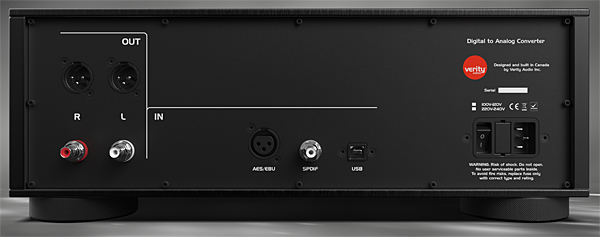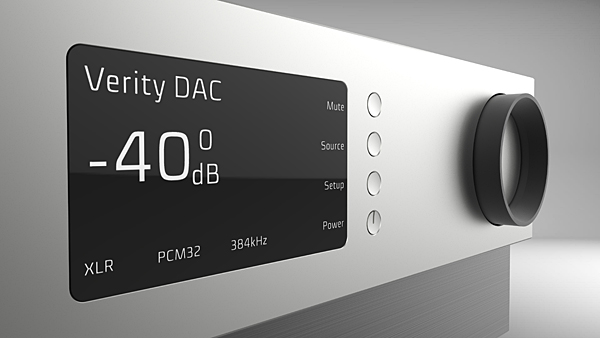| Columns Retired Columns & Blogs |
Wow! A $25,000 DAC that keeps breaking, and after it's sent back for repair it doesn't measure the same. I've gotta go out and get me one of those!
Umm, maybe not. Maybe I'll just stick with my $700 Topping D90SE, the best-measuring DAC on the planet, which also has a pre-amp function. Cheers












































